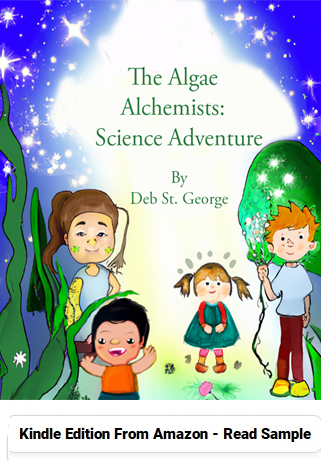When an entity violates an absolute right attributed to a registered trademark without proper approval from the owner of the trademark, then the said entity may be charged with trademark infringement. A trademark which is similar or perplexingly the same as your trademark in connection with the goods or services you are promoting then an “infringement” occurs.
An Overview on Trademark Law
Any federal registered trademark may be safeguarded under the Lanham or Trademark Act. The Lanham Act is a law encompassing the federal ruling on trademark law in the United States. The said act forbids actions which include dilution of trademark, bogus advertising, and trademark infringement.
Possibility of a Trademark Infringement Case
A trademark infringement is possible, if you will be able to prove that there is a “possibility of confusion” between your trademark and the purportedly infringing mark. Such possibility of confusion will be determined through a “trademark analysis,” wherein the following items will be analyzed:
* The structure of the mark, both interior and exterior.
* The connotation of the mark. The meaning can be explicit or implied.
* How the mark is pronounced will be reviewed as well.
* The relation of the infringing mark to the goods or services will also be analyzed.
* The impression of the public will also be assessed. Actual test impressions on the consumers may be done.
Trademark Infringement Penalty
The common penalty being given to a party who has been proven guilty of trademark infringement is “injunction.” Injunction is a court regulation wherein it orders the party to avoid doing certain actions such as infringing marks. Contrary to the common belief, injunction is not a monetary judgment.
There are instances that “monetary relief” is bestowed to a winning party. Such monetary respite may include the profit lost by the defendant, the claimants’ sustained damages and the over-all cost of action.
“Trademark dilution,” can be sought by plaintiffs with well-known trademarks. By doing so, the infringed mark will not be further utilized. There are factors to consider for a trademark to be specified as “famous” before an infringed mark will be blurred or tarnished.
Ways to Avoid Trademark Infringement
If you have been accused of trademark infringement, here are some recommended actions to undertake:
1. Do not copy. If you will be making a trademark, make sure that you do it with immense originality. It must be unique.
2. Search. The uniqueness of your trademark may be verified by doing “trademark search.” Primarily, you can scout for used trademarks on the internet. There are a lot of “trademark search website” which can help you on your endeavor. Secondly, spare some time to visit the Patent and Trademark Depository Library or PTDL to browse for possible similar trademarks that you have. The said library is situated to almost every state.
Another trademark search option is to consult with a trademark lawyer that may also be of help with your trademark search. Your lawyer may conduct a “common law search.” It is a type of trademark search where government records are being checked to see if you have a similar trademark.
Ways to Protect Your Trademark
No one wants to be involved in the rigorous process of court proceedings. Hence, as a plaintiff, you need to perform actions to secure your “mark.”
1. Register. It is highly recommended that you undergo a federal trademark registration. With a duly federal registered trademark, you are guaranteed to receive optimum protection with regards to your “mark.”
2. Maintain. You need to maintain your trademark. It is best to use your trademark on all promotion materials such as websites, brochures or even advertising over the television. To inform everyone that a good or service is a registered trademark, use the register symbol "®". However, if the process of registration is not yet completed, then you can temporarily use the symbol TM for products or SM for services.
There is a price for copying someone else’s original work. It is not simply injunction or paying monetary damages to the plaintiff that can happen to you. There are more upsetting instances that can happen to you. You or your company’s reputation is at stake with trademark infringement.
Who would then trust someone who committed trademark infringement* No one.
Patents and Trademarks


